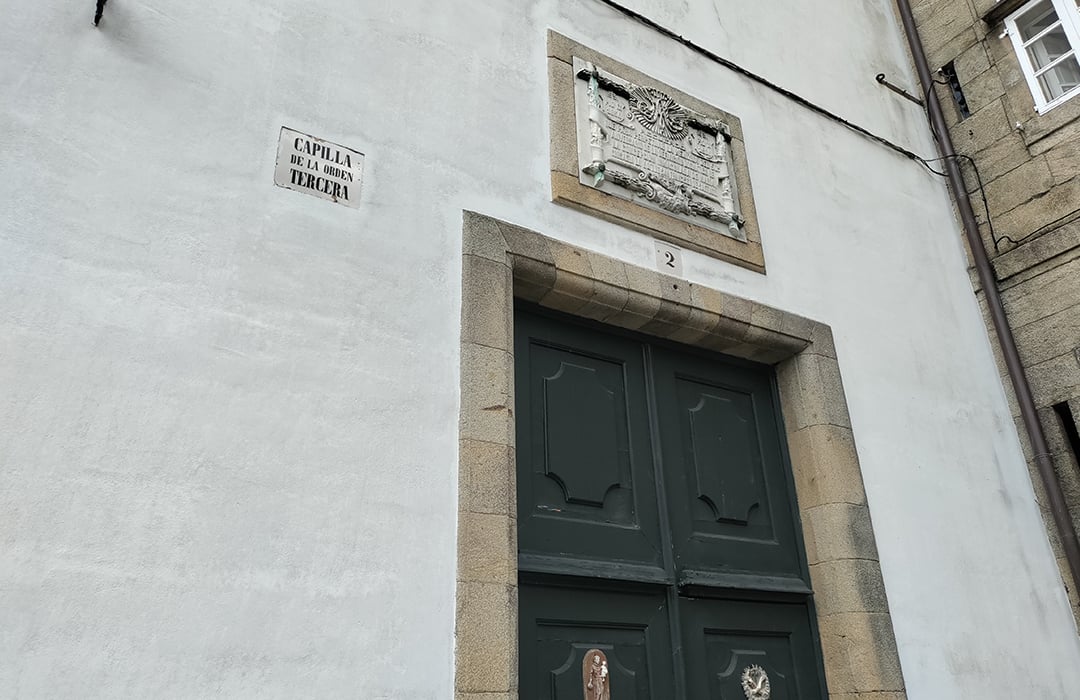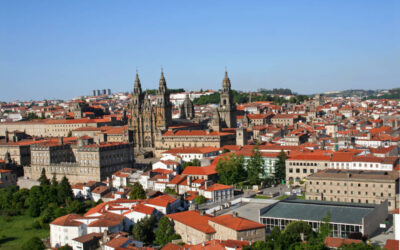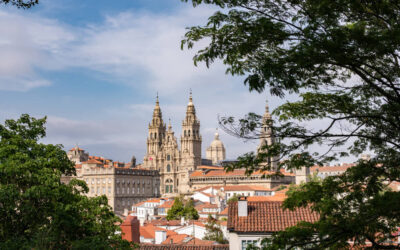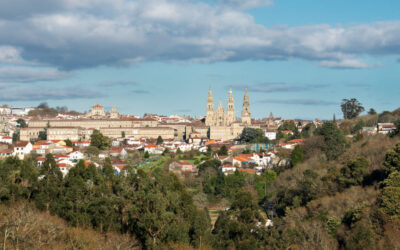The
Terceira Orde Chapel
is a baroque temple built in the 18th century, located in a chapel next to the old convent of San Francisco, where the emperor Carlos I celebrated the Cortes of A Coruña in 1520.
The history of the so-called Franciscan Third Order has a regular and a secular branch, both linked to the figure of Francis of Assisi.
Some indications suggest that the Franciscan Third Order, in its regular variant, already had a presence in Santiago in the 14th century, due to the existence of the communities of Santa María A Nova and Santa Cristina da Pena.
The development of the construction of the temple progressed slowly throughout the 18th century, especially due to the lack of economic resources. Several architects and artists were involved in this project.
Domingo de Andrade was in charge of designing the Terceira Orde Chapel, which has a rectangular shape, a barrel vault in the nave and a dome in the presbytery area.
At the entrance, a coat of arms of the Order and a figure of St. Anthony are carved. Inside, the sculptures of St. Francis receiving the embrace of Christ, an image of Jesus the Nazarene and the carving of the body and legs of St. Louis, King of France, stand out.
Miguel de Romay was the creator of the main altarpiece in 1714. The sacristy, on the other hand, was built after the main chapel in 1715 and as an extension of it.
To the south of the space is the entrance to the old cemetery of the Third Order, where numerous tombstones were found with names of different Compostela families and tombs of the Franciscans.
The enclosure stands out, especially, for its important location at the confluence of San Francisco Street and Juan XXIII Avenue.
In this sense, it forms a relevant patrimonial and architectural itinerary that extends to the Monastery of San Francisco, the Faculty of Medicine or the Cathedral of Santiago. In any case, the complex, which includes the church, the sacristy and the cemetery, is owned by the Franciscan Order and is not open to visitors.






